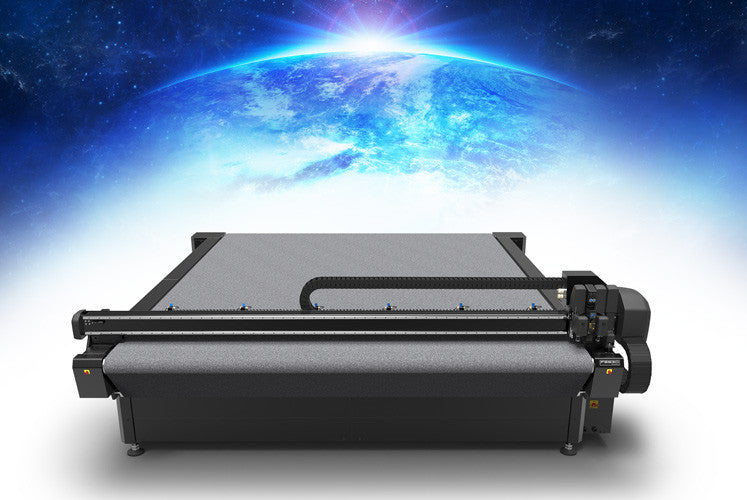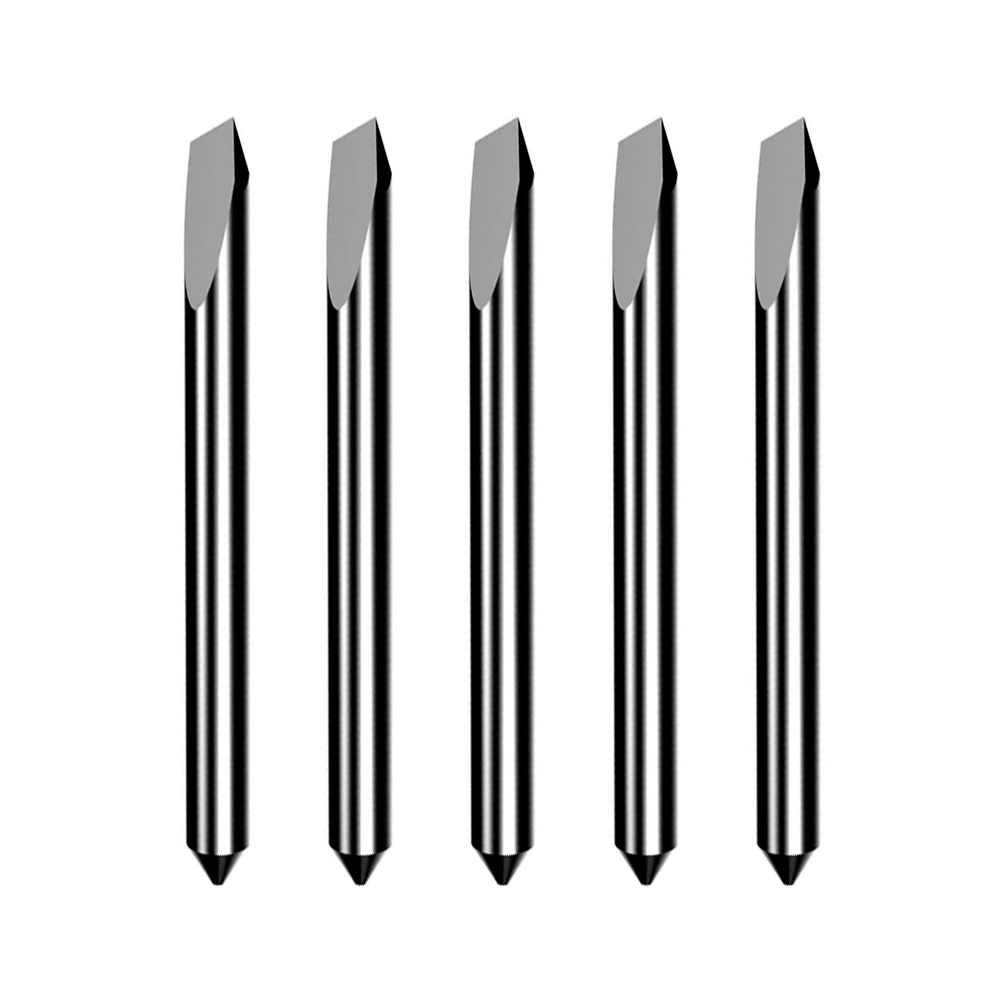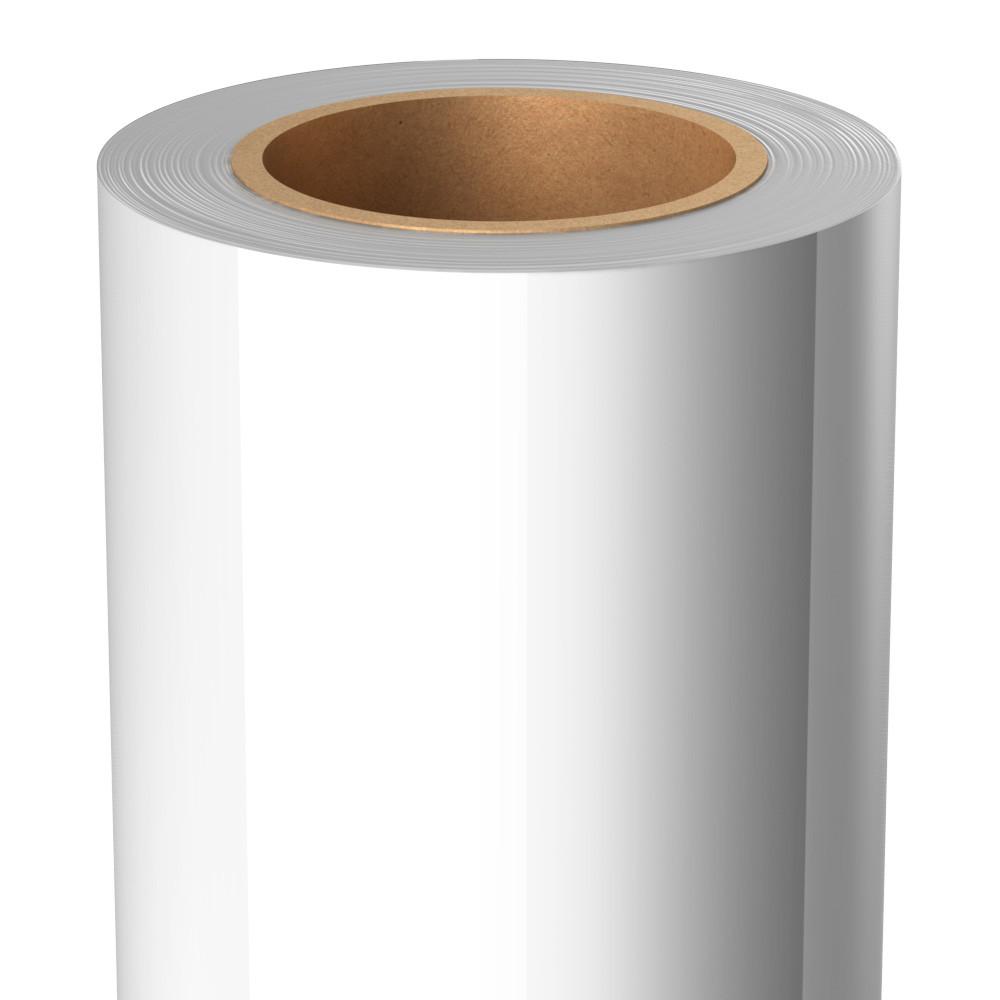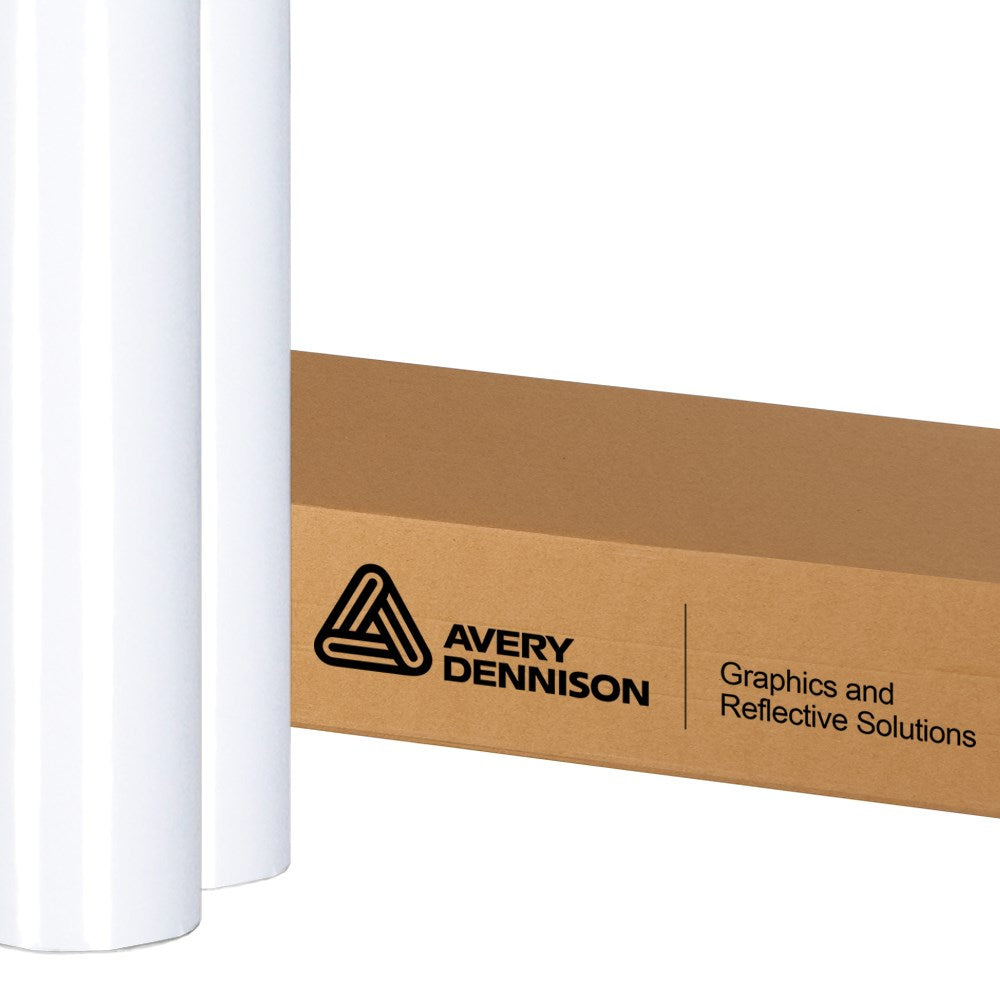Printing operations require high-quality cutters to produce signage, displays and marketing collateral. Cutters are an investment, which means carefully considering what needs they'll fill and industry trends. Here are some things to consider when shopping for a cutter for your business:
Industry trends

Knowing what the printing industry is abuzz about will help you find a cutter that can keep up with demands. Printing News pointed out continuous-feed features and large cutting tables are both traits businesses want in their cutters. The former helps prevent bottlenecks by working through projects one right after the other. Essentially, you can queue the next board before previous ones are done. Continuous-feed cutters save time and help you complete more projects.
Large flatbed surfaces are also popular in the industry. As more wide-format printers make their way onto the market, cutters have gotten larger to keep up. Not only that, but with more space, your machine can handle complex contour cutting.
Another trend to look out for is the popularity of vinyl printer cutter combo machines. InfoTrends' tracker report found that market penetration for these types of machines was at 85 percent in 2014.
"Large flatbed surfaces are popular in the printing industry."
The jobs you do
In addition to knowing what types of cutters are trending, you should also look at your operations. Specifically, the types of jobs you take will determine your cutting needs. Will you be making product labels or large displays? Are you printing on vinyl or paper? Such factors determine the type of cutter you need along with the features it should have. For instance, large products need space, which means a big flatbed cutter. As for material, get a cutter best suited for your medium. If you print on a variety of materials, you'll need a cutter that can handle them all.
Your workload
Having a large volume of work to produce each day necessitates machines that can keep up. You want to avoid bottlenecks in your workflow, as this will cost time and money. For example, a continuous-feed machine may be better if you're having a hard time getting work out. Or, you might even need multiple machines. Additionally, features like pneumatic conveyor belts that push material through can speed up operations. Keep track of the number of jobs you complete each day, how many you'd like to get done, and where your bottlenecks tend to occur. This will help you determine which features address your needs.
How much space you have
A wide-format cutting table is ideal for large-scale jobs, but if your space isn't big enough, it won't work for you. While cutter size relative to your available space isn't the most important feature to consider, it's still a factor. You should be able to move safely around your equipment to work and perform maintenance.
Do you expect growth?
Because a cutter is an investment in your business, you should be thinking ahead when you buy it. If you're planning to take on more jobs, move to a larger space, expand your offerings, etc., you need to consider those things when researching machines. Do projections to get a clear picture of where your business is headed. While you can't predict everything, you can make educated guesses on what your needs will be five, 10 years down the line.
Consider these things when deciding which cutter is right for your business.




